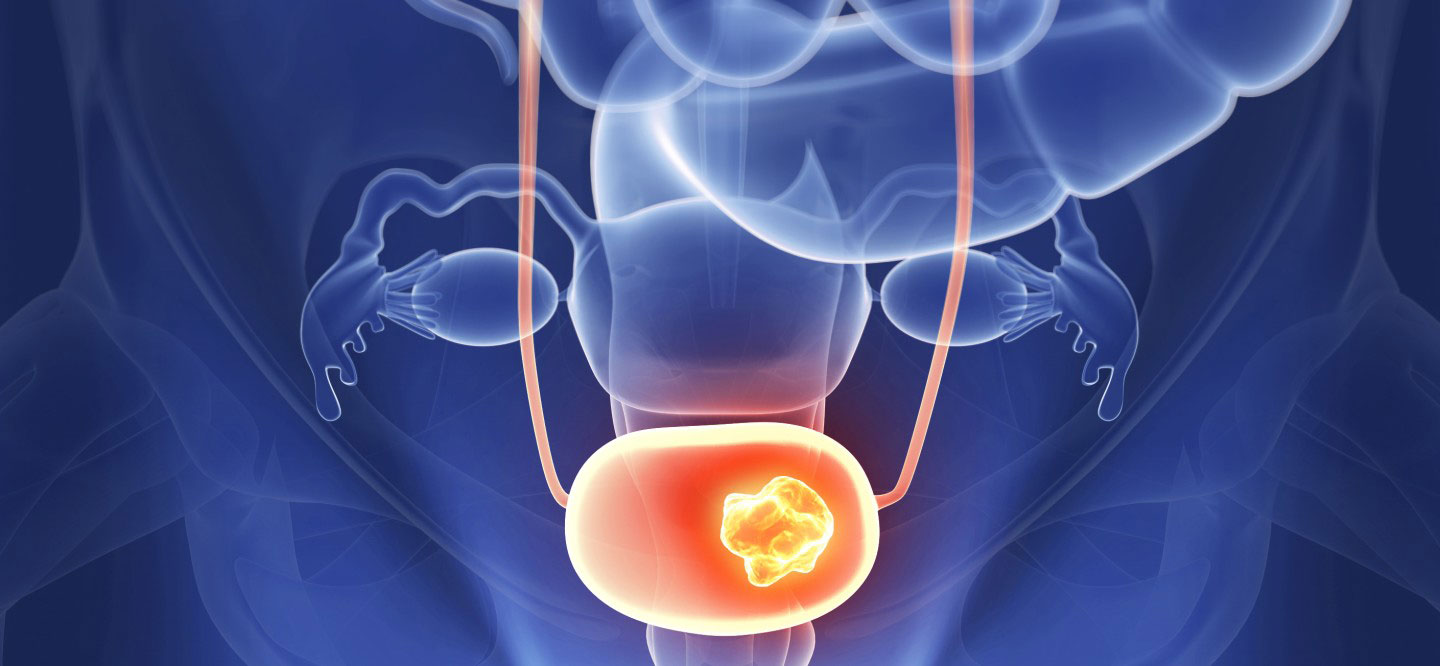
Interstitial cystitis
Interstitial cystitis is a chronic disease that causes bladder pressure, bladder pain, and sometimes pelvic pain. Interstitial cystitis affects most women and can have a long-term impact on the quality of life. Although there is no cure, medications and other treatments can be soothing.
Symptoms of interstitial cystitis
Signs and symptoms of interstitial cystitis vary from person to person. The most common signs and symptoms of interstitial cystitis are:
Pain in the pelvis or between the vagina and anus in women
Pain between the scrotum and anus in men (perineum)
Chronic pelvic pain
Constant and urgent need to urinate
Frequent urination, often in small amounts, during the day (up to 60 times a day)
Pain or discomfort while the bladder is full and relief after urination
Pain during sex
Causes of interstitial cystitis
The exact cause of interstitial cystitis is not known, but many factors are likely to play a role. For example, people with interstitial cystitis may have a defect in the protective covering (epithelium) of the bladder. Leakage in the epithelium may cause toxins in the urine to irritate your bladder wall.
Risk factors for interstitial cystitis
• Gender
• Skin and hair color
•Age
Having a chronic pain disorder
Complications of interstitial cystitis
Decreased bladder capacity
• Low quality of life
• Sexual intimacy problems
• Emotional problems
Treatment of interstitial cystitis
No treatment is necessarily useful for everyone with interstitial cystitis. Treatment should be chosen for each patient based on the symptoms. Patients usually perform different treatments (or a combination of treatments) until appropriate relief of symptoms. It is important to know that none of these treatments for interstitial cystitis work immediately. Symptoms usually take weeks to months to heal
Different stages of treatment of interstitial cystitis
1. Phase One: Lifestyle changes
2. Second stage: prescribed drugs
Phase 3: Treatment with nerve modulation, wound healing, and injections
4. Phase IV: Cyclosporine
5. Phase Five: Surgery
Nutrition and diet therapy in interstitial cystitis
Dietary changes help many patients control their symptoms. However, studies have shown that there is a great deal of variation from one patient with interstitial cystitis to another.
Suitable food without problems in interstitial cystitis
• Fruits including apricots, blueberries, dates, melons (honey and watermelon), prunes, pears, and raisins
• Vegetables including avocado, beet, asparagus, broccoli, brussels sprouts, cabbage, carrots, cauliflower, celery, cucumber, mushrooms, eggplant, peas, potatoes (white potatoes, yams, and sweet potatoes), radishes, spinach, squash, and zucchini
• Cereals and rice
• Protein foods including meat (shrimp, tuna, and salmon), eggs, nuts, peanut butter, chicken and turkey and lamb
Dairy products including milk (low fat and whole) and cheese
Garlic and olive oil
Foods that should be avoided
• Alcohol, coffee and tea (caffeinated and decaffeinated), carbonated beverages (cola, non-cola, diet, and decaffeinated)
• Corn berry juice, grapefruit and grapefruit juice, lemon, orange and orange juice, pineapple and pineapple juice, strawberry
• Red pepper, pickles, sauerkraut, tomatoes, and products containing it
• Processed meat sandwiches (salami, bologna), soy products
•yogurt
• Red pepper, horseradish, tomato sauce, salad dressing, soy sauce, vinegar
•Chocolate
• Indian food, Mexican food, Thai food, pizza, spicy food
Synthetic sweeteners (such as saccharin)
Monosodium glutamate (MSG)
The nutrients in foods help strengthen the immune system, heal wounds, stimulate the nervous system, normal blood flow, and maintain overall health. A balanced diet with a wide range of items from all food groups is the best diet for interstitial cystitis.




